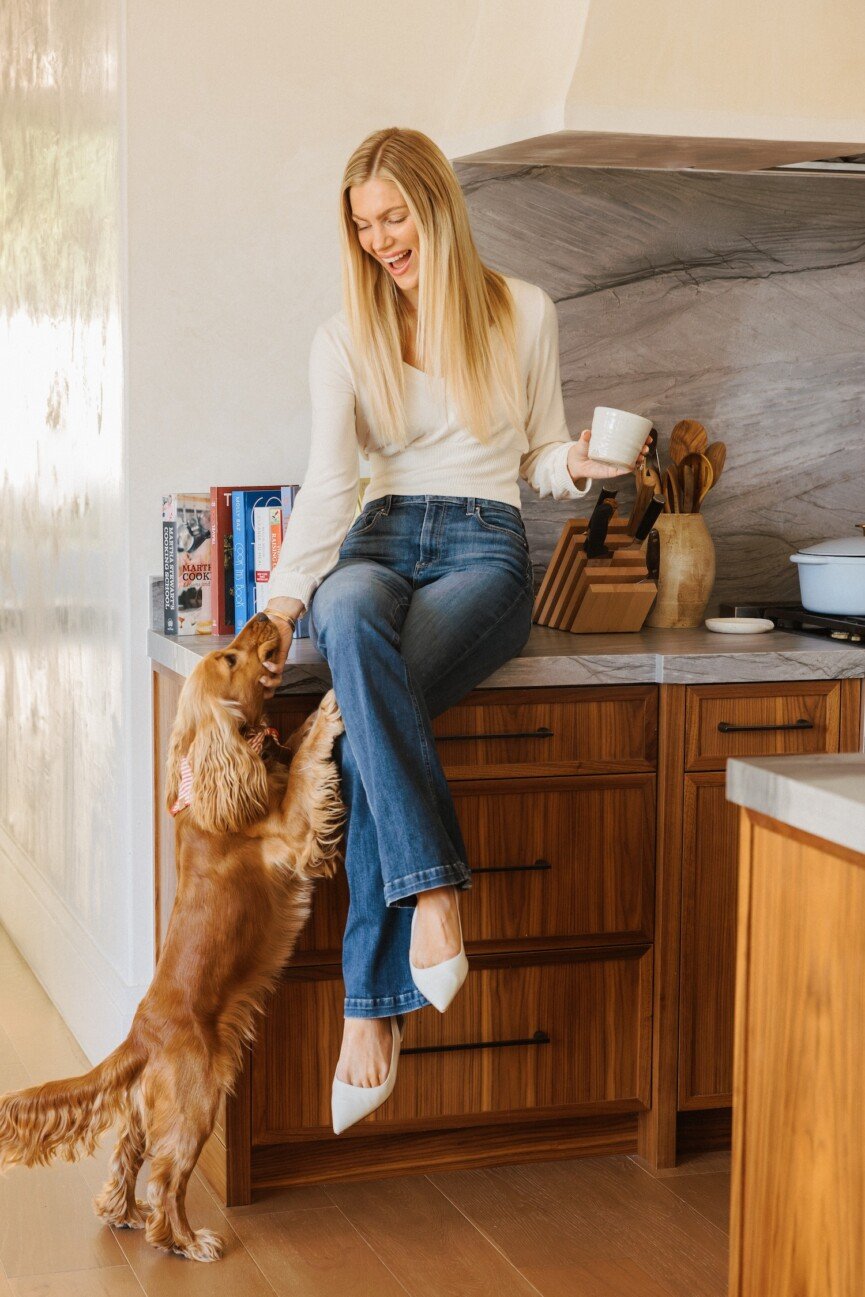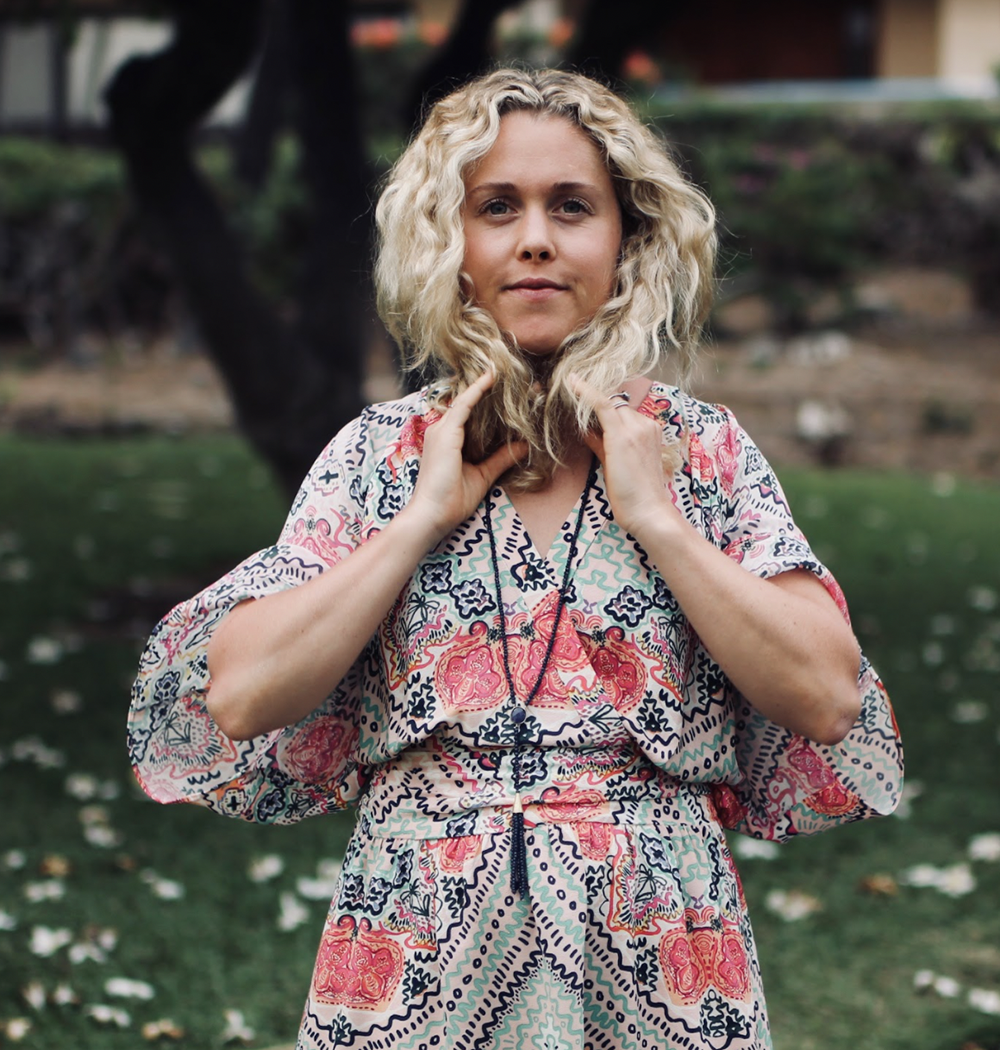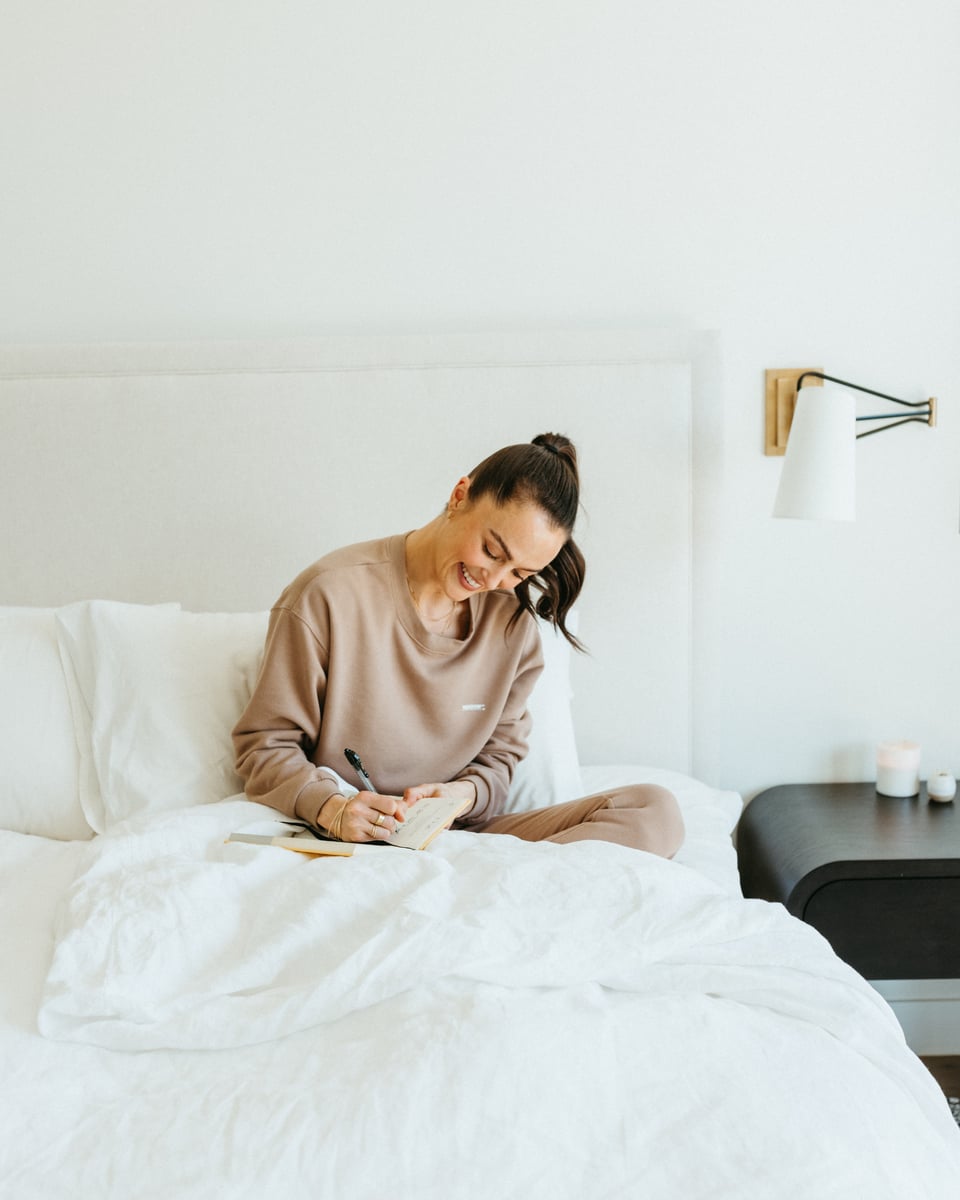The year is 2022. I’m 13 months postpartum, reliant on coffee, and wondering how to wake up early without dragging myself out of bed. I needed (read: was desperate for) a better rhythm. I wanted to start my day with intention, not urgency. One evening, a small curiosity turned into one of the best gifts I’ve given myself: learning to rise early—calm, clear, and without an alarm.
Fast-forward to today. I’ve trained my body to wake up in the 5 o’clock hour. Not only that, but I truly love it. It’s the quietest, calmest part of my day. Whether “become a morning person” is still on your 2025 wishlist—or you’re craving better sleep—I want to share what’s worked for me. It’s no magic bullet, but it is gentle, sustainable, and rooted in both science and self-compassion. Here’s how I trained my circ rhythm and rewired my habits to support my body (and the mental load of motherhood).


Why I Wanted to Wake Up Earlier
It wasn’t until I had kids that I felt like I was playing catch-up from the moment I opened my eyes. But over time, I realized the morning chaos wasn’t working for me—or my family. I was tired of waking to the sound of crying, tripping into the day without a moment of peace. I wanted to reclaim my mornings. So, I set a goal: learn how to wake up early in a way that felt energizing and intuitive, not punishing. I didn’t want to always rely on an alarm clock or jolt myself awake. I wanted to rise with the sun (naturally) and create space for calm and clarity. Ultimately, what started as an experiment turned into a deeply supportive lifestyle.
You Can’t Hack Sleep—But You Can Reset It
If you want to know how to wake up early, it starts with recognizing what’s preventing you from doing so. For me, that meant taking a close look at my sleep-wake cycle, also known as the circadian rhythm. This internal clock is heavily influenced by things like light, food timing, stress, and routine. Mine was completely out of whack. I was staying up too late (often scrolling or watching Netflix as my only “me time”), snacking on the wrong things, and waking up whenever my boys did. I learned that our bodies want to follow a natural rhythm—one that aligns with the sun—but modern habits often throw it off.
Step One: I Stopped Letting My Evenings Sabotage My Mornings
It might seem obvious, but if you want to wake up early without an alarm, you have to go to bed earlier. And more importantly, you have to want to. You have to want to spend your evening hours filling up, not numbing out. You have to want to feel good tomorrow more than you want to check out tonight. Get the gist? So, no, my first step wasn’t forcing a 5 a.m. wake-up. It was gently shifting my internal clock backward, one 15-minute increment at a time.
This was the new evening routine I implemented:
- Dimming the lights. No overhead lights after dinner. We turn on ambient floor lights and have candles lit instead. This subtle shift cued my brain that it was time to wind down.
- Calming ritual. Think reading a few books with my oldest, tidying the kitchen, and prepping breakfast for the next day.
- Tryptophan-rich snack. Why tryptophan? It’s an amino acid that helps the body produce serotonin, which in turn gets converted to melatonin. I typically make a Greek yogurt bowl mixed with chocolate collagen peptides, basil seeds, frozen wild blueberries, crushed walnuts, and Ceylon cinnamon. This is packed with protein, fiber, and healthy fats for blood sugar regulation.
- Mindful screen time. Watching a grounding YouTube video (she’s one of my favorites).
- Devices off by 8:30 p.m. Blue light is notorious for suppressing melatonin, the hormone that helps us sleep. I swapped phone scrolling for a book, magazine, or long shower.
Right now (summer), I’ll swap the mindful screen time for a 15-20 minute walk. I love how light it is. It’s a beautiful way to gently transition from stimulation to stillness. Within two weeks of adjusting my evenings, I noticed my body naturally started waking up earlier—no alarm necessary!
Step Two: I Anchored My Mornings With Purpose
Once I started waking up before 6 a.m., I knew I needed a reason to stay up. Otherwise, what’s the point? I think this is where most people get stuck. They don’t have a compelling enough “why.” For me, it was rooted in self-care: time to hydrate, enjoy my protein coffee, move my body, and be with my own thoughts before tending to everyone else’s.
My current morning rhythm looks like this:
- Wake naturally between 5:15–5:50 a.m. No alarm. My body simply wakes up.
- Hydrate and fuel. This is when I have my electrolytes and creatine. I’ll also have half a banana or a spoonful of Beekeeper’s Naturals superfood honey.
- Go outside. I’ll go outside to do some light stretching, walk around our garden, and look up at the sky. This is such a nourishing part of my day!
- Movement. This is my anchor. I’m currently on a muscle-building journey, and moving in the morning kickstarts insulin sensitivity and helps preserve lean muscle. I also love the mood boost.
- Protein-rich breakfast around 7 a.m. This helps reinforce my circadian rhythm, stabilize blood sugar, and support hormone balance (especially postpartum). Here’s what I’m typically having for breakfast!
Step Three: I Used Light to My Advantage
If you’ve ever traveled across time zones, you know light is one of the most powerful ways to reset your internal clock. I took this same concept and applied it at home.
- Morning light = wake signal. As mentioned, I go outside within 10-15 minutes of waking up, even if it’s just stepping onto the porch. This tells my brain, “It’s time to be awake,” and suppresses melatonin.
- Dim lighting at night = sleep cue. As soon as our youngest goes down, I lower the lights in the house and switch to warm-toned lamps. I also use blue light blockers if I’m on my computer past 8 p.m. (which I try to avoid).
This light hygiene was key in training my body to naturally feel sleepy earlier—and more alert in the early morning.
Step Four: I Prioritized Blood Sugar Balance and Stress Support
It turns out your ability to wake up early is deeply connected to your hormone health and stress levels. For me, healing my postpartum body meant getting serious about blood sugar regulation and nervous system care.
- No caffeine on an empty stomach. I always eat before coffee. This keeps my cortisol curve in check and prevents the mid-morning crash. I’m either eating my entire breakfast before having an iced coffee or it’s as simple as making a protein coffee.
- Protein and fiber at every meal. Speaking of protein, this is an especially important macronutrient at breakfast. It jumpstarts muscle protein synthesis and supports better blood sugar control throughout the day.
- Daily movement, but not overtraining. Walking, strength training 3-4 times/week, and one short session of HIIT are my go-tos.
- Nervous system regulation. I use tools like journaling, vagus nerve breathing, and occasional cold exposure to reduce stress and improve sleep quality.
The more regulated I feel throughout the day, the easier it is for me to wind down at night and fall asleep quickly—another domino in the early-rising journey.
What I Learned: You Don’t Need to Be a “Morning Person”
People often assume that if you want to learn how to wake up early, you have to be naturally wired that way. I’m proof that’s not true. It’s less about discipline and more about design. You design a lifestyle that makes early rising feel good. And while there are seasons where I fall out of rhythm (hello, teething babies), the structure is always there waiting for me. Early mornings are no longer a punishment—they’re a reward. A sacred, quiet time that belongs only to me.


A Gentle Reminder If You’re in a Hard Season
Of course, not every season of life makes early mornings possible. Newborn phases, postpartum, chronic exhaustion, or just plain survival mode—these are not times to push your body harder. Let sleep be the gift it is. But if you’re in a place where you’re craving structure, calm, or simply time for yourself, I hope this offers a nudge. There’s no one-size-fits-all formula for how to wake up early, but your body wants rhythm. When you give it the right cues, it will respond—softly, steadily, beautifully.







